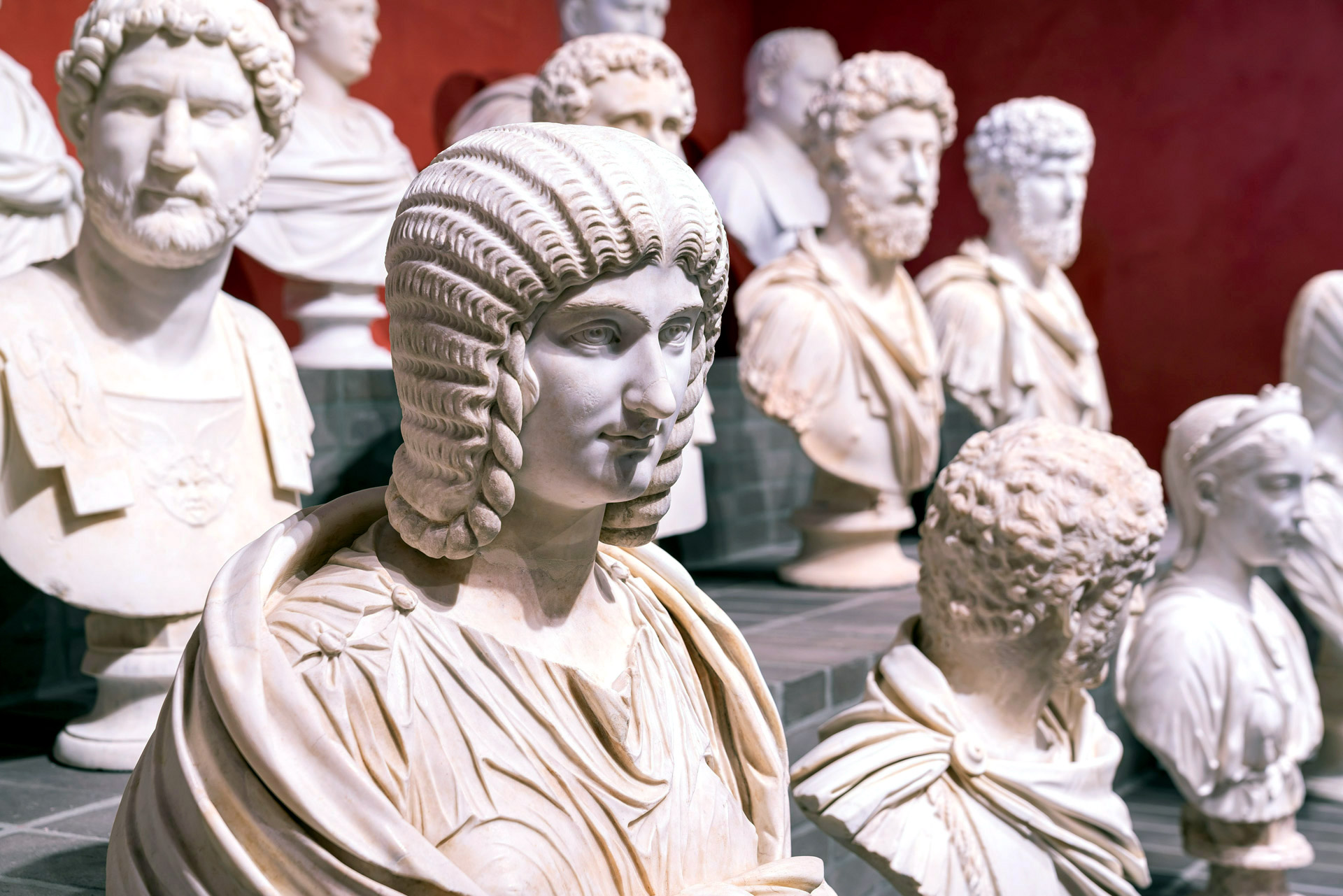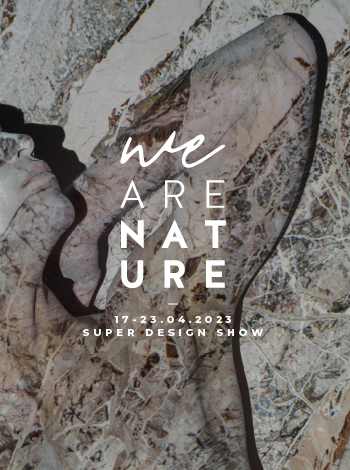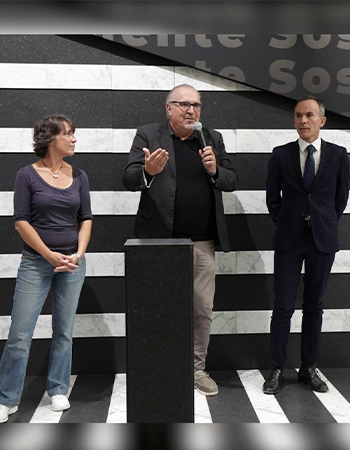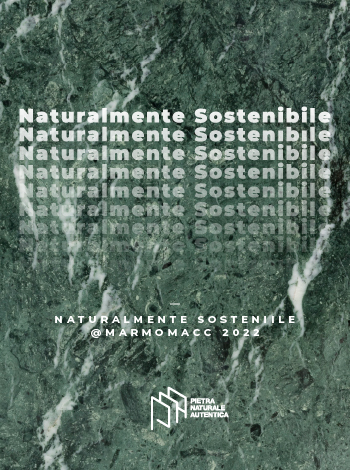There are 92 Greco-Roman works selected among the marble of the Torlonia collection, the most prestigious private collection of ancient sculptures.
A story that traces the history of the collection of ancient marble, Roman and Greek, starting from the Torlonia Museum, inaugurated in 1875 by Prince Alessandro Torlonia – whose exhibition, created in collaboration with the German scholar Johann Joachim Winckelmann, celebrated at the time as the most significant archaeologist of sec. XVIII – arriving at the beginning of the twentieth century. The exhibition, The Torlonia marble.
Collecting masterpieces, exhibited in Rome in the Villa Caffarelli’s recovered spaces, adjacent to the Museums Capitolini, is scheduled until 29 June 2021, gives visibility to these marble works restored by the Torlonia Foundation with a contribution from Bvlgari. The staging, curated by David Chipperfield Architects Milan, frames both the variety of Torlonia marble and the stratification of Mons Capitolinus.
“To the exceptionality of the exposed materials – the architect explains – is added the fact that they have preserved restorations and historical additions, reflecting the taste and use of epochs in which the mutilated artifacts and missing parts were ‘completed,’ employing the skill of famous sculptors of the time.” Therefore, it is not only an overview of collecting but a deepening on restoration practices that closes emblematically with the statue of Hercules composed of 125 pieces of marble.
The exhibition is curated by Salvatore Settis, who defines the Torlonia Museum collection as the most representative private collection of the ancient art of Rome. Retracing the relatively recent history of collections and museums, Settis explains: “The starting point of this story is an absence, an emptiness: that historical period of over a thousand years, during which there was no collecting, indeed thousands of ancient sculptures lay undisturbed in the ruins of Rome.
Sometimes a capital, a frieze, a sarcophagus were painstakingly taken to be reused (usually in a church) for architecture or tombs of prestige. Still, much more often, the marble was torn from the ruins more to make lime than to admire its beauty or understand its meaning.
The transition from a situation like this to an opposite cultural horizon, in which the ancient sculptures were collected and exhibited with honor in a private abode, is anything but obvious. It is important to understand it well because, from that earliest private collecting, the princely and sovereign collections were born, eventually, the public museums, and finally those now in vogue. Because, as it may seem obvious to us today, the institution-museum has little more than two centuries of life.
Image credits Torlonia/Electa/Bulgari Foundation.
Ph. Oliver Astrologo

















